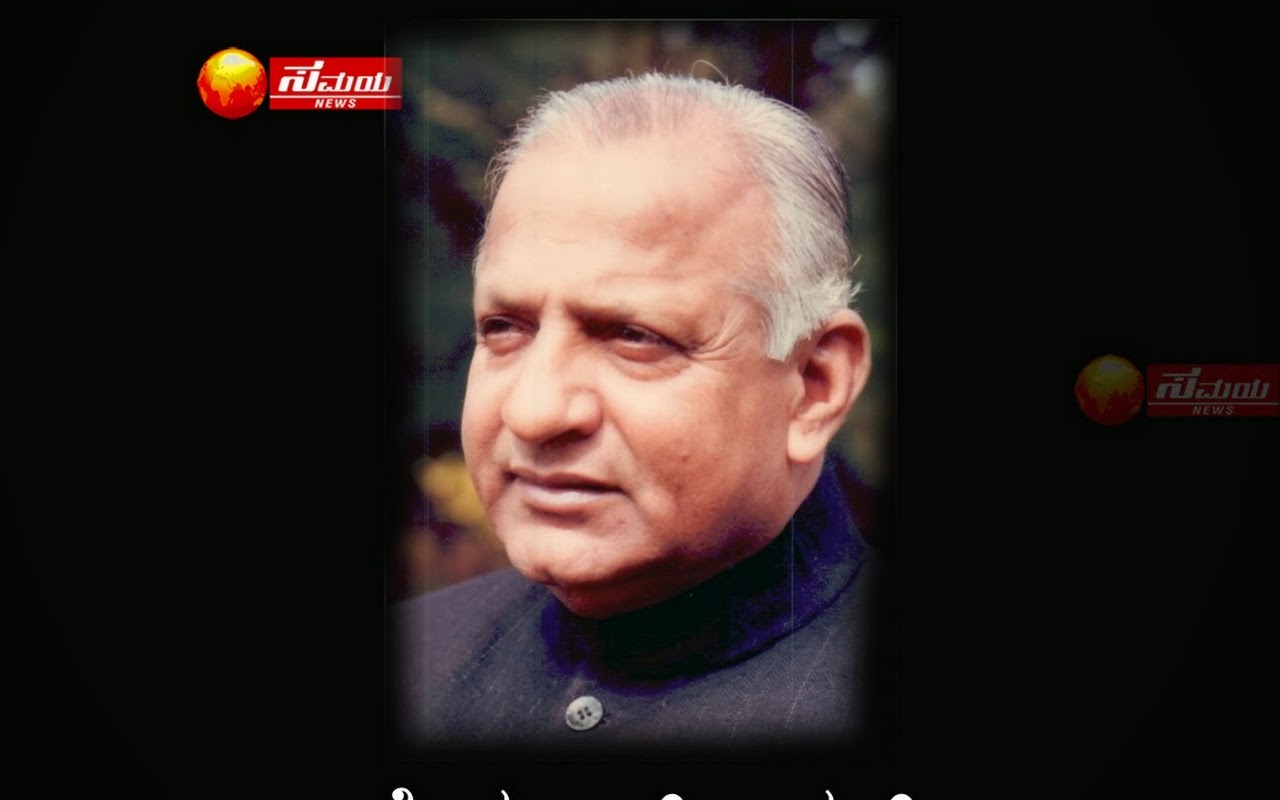Digital India
What is Digital India Programme?
a) In 2015, the government launched a flagship programme ‘Digital India Programme’ to transform India to a digitally empowered society and knowledge economy.
b) The initiative is centered on three key vision areas,
1. Digital infrastructure as a core utility to every citizen
2. Governance and services on demand
3. Digital empowerment of citizens
c) The objective of this program is to connect the rural areas with high-speed Internet and to provide digital literacy.
d) Under this initiative, the technologies and connectivity’s merge is envisaged to revolutionize the governance and improve the quality of life of citizens.
Which are the other initiatives?
a) DigiGaon or Digital Village
1. Under the initiative, a village is conceptualized as a connected village where citizens can avail various e-services of the central government, state governments and private players.
2. These villages are projected to be change agents promoting rural entrepreneurship, building rural capacities, livelihoods through community participation and collective action.
3. The digital villages have been equipped with various facilities such as,
i) Solar lighting facility in their community center
ii) LED assembly unit
iii) Sanitary napkin production unit
iv) Active participation of ASHA and Anganwadi workers
v) Wi-Fi Choupal
4. These digital villages have regular CSC services like banking, healthcare, education financial services and a host of other services.
b) Digital Lockers
1. This facility provides sharing or storing documents electronically.
2. The cloud storage service is now being used by millions of Indians.
c) Digital payments instruments
1. To enable digital payments, the government launched the Bharat Interface for Money (BHIM) app.
2. As per data from the National payments Corporation of India, the app was used to facilitate transactions with a value of 1 trillion rupees till March 2018.
d) PM Gramin Digital Saksharta Abhiyan
1. The initiative was launched to make citizens digitally literate.
2. It aims to reach around 40% rural households by covering one member from every eligible household by March-end this year.
e) Bharat Net Project
1. It was launched to strengthen digital infrastructure optic fiber connecting more than one lakh gram panchayats.
2. Many rural post office branches have been linked digitally.
f) Common Service Centres (CSC)
1. There's been a rapid expansion in the network of Common Service Centres in past few years.
2. These centres act as access points for delivery of various electronic services to villages in India.
How is this revolution impacting various sectors?
a) Governance
1. India has managed to break into the top hundreds of United Nation’ s e-government index in 2018.
2. Public services sector has been witnessing steady and efficient digital transformation across areas like e-governance and powering essential citizen services online.
3. The impact of the digital revolution has been inclusive empowering and transformative.
4. According to a report by Internet and mobile Association of India, internet data is becoming the tool for service delivery.
b) Economy
1. Indian economy is rapidly converting into a digital economy.
2. Digital economy of the country is expected to touch the 1 trillion-dollar mark by the year 2022.
3. India is expected to be a 10 trillion-dollar economy with half of this accounted for by the digital economy by 2030.
4. Apps like BHIM payment and platforms such as UPI integration are making it easier for people to transfer money.
5. The digital currency and payment movement took the country to another rearm of Financial Inclusion.
6. India's ecommerce market is said to grow three times by 2022.
7. The digital India initiative is not only creating empowerment but also generating employment opportunities and promoting entrepreneurship.
8. According to McKinsey Global Institute, Growth in India's Digital Index is tremendous putting it second in terms of growth among emerging digital economies.
c) Sectors of economy
1. Digital Revolution has brought about inclusive growth in the areas of manufacturing, electronic services and job opportunities.
2. Many sectors such as health care and education are benefitting from being linked to the rising digital economy.
3. The education sector in India is poised to witness major growth in the years to come.
4. India's Internet services sector is expected to double by 2022.
5. According to IBEF report, the total contribution by the travel and tourism sector to India's GDP is expected to increase almost double in next ten years.
6. Health care sector is fast catching up to meet the demands of its tech-savvy population.
7. Startups are playing a huge role in addressing areas such as preventive healthcare, analytics, emergency services and super aggregation platforms.
8. The Healthcare sector is poised to become one of the world's top three healthcare markets by 2020 with an estimated market value of 230 billion dollars.
d) Environment
1. Next-generation technologies are helping in lowering the carbon footprint by reducing fuel consumption, waste management, greener workplaces.
2. These technologies are leading the countries to a greener ecosystem.
3. Cloud computing technology minimizes carbon emissions by improving mobility and flexibility.
Where the challenges lie ahead?
a) Reducing digital illiteracy is one of the biggest challenges. It is necessary that people know how to utilize the digital services.
b) Problems associated with connectivity.
i) Slow rollout of Wi-Fi hotspots
ii) Difficulty in adoption to modern technology
iii) Lack of upgraded devices- Entry-level smartphones have limited capabilities.
iv) Not enough skilled manpower in digital technologies
c) Lack of user education- Lacking in digital literacy leading to frauds.
d) Security of data
i) Digital medium is still very unsafe and data vulnerability is a big issue especially in financial transactions.
ii) India needs over 1 million trained cyber security professionals by 2025 to meet the demand.
e) India has a very low internet speed. In 2018, India was ranked 109th for the mobile internet speed and stood at 67th for fixed broadband speeds.
f) Lack of funds for creation of digital infrastructure.
